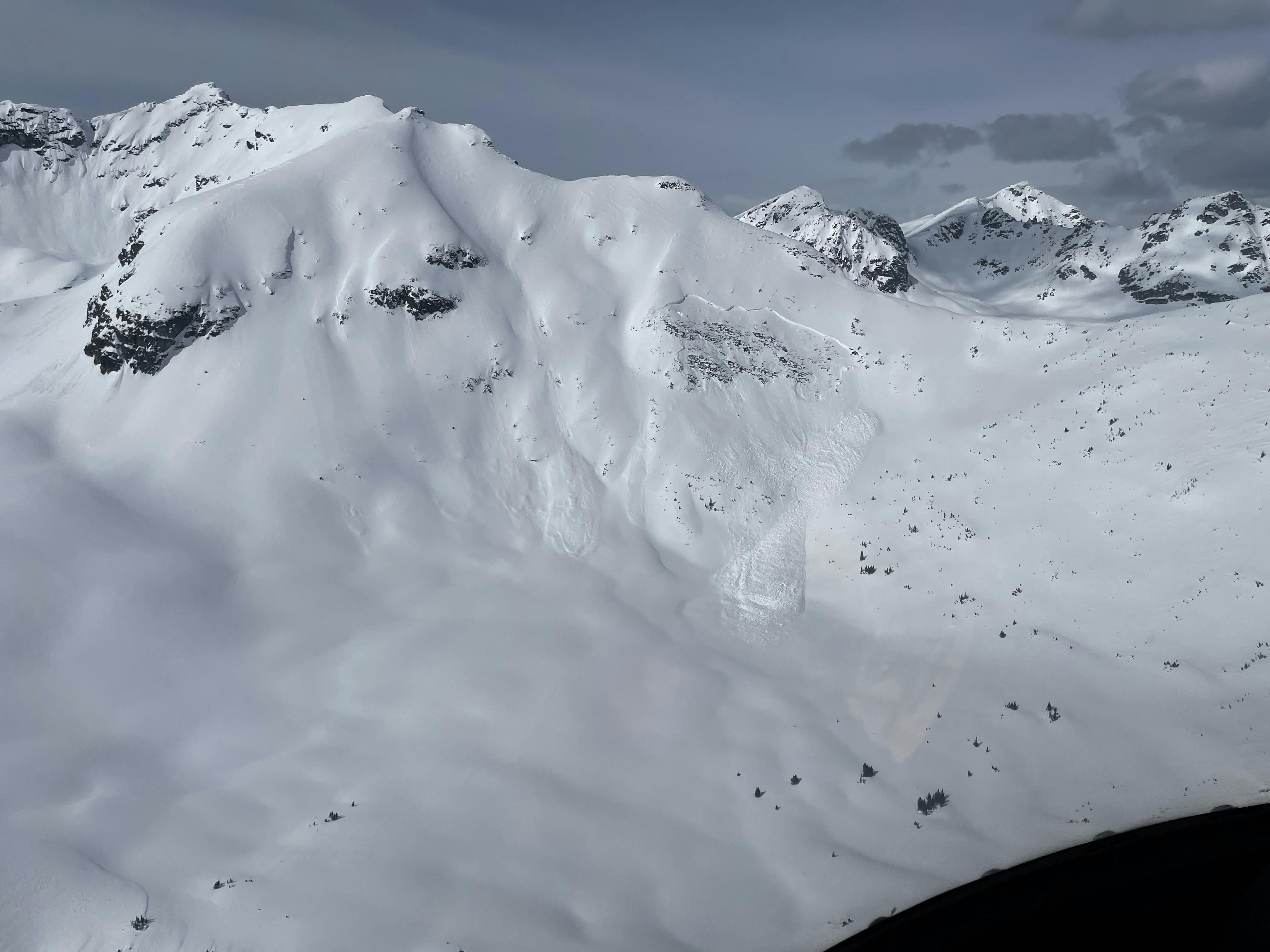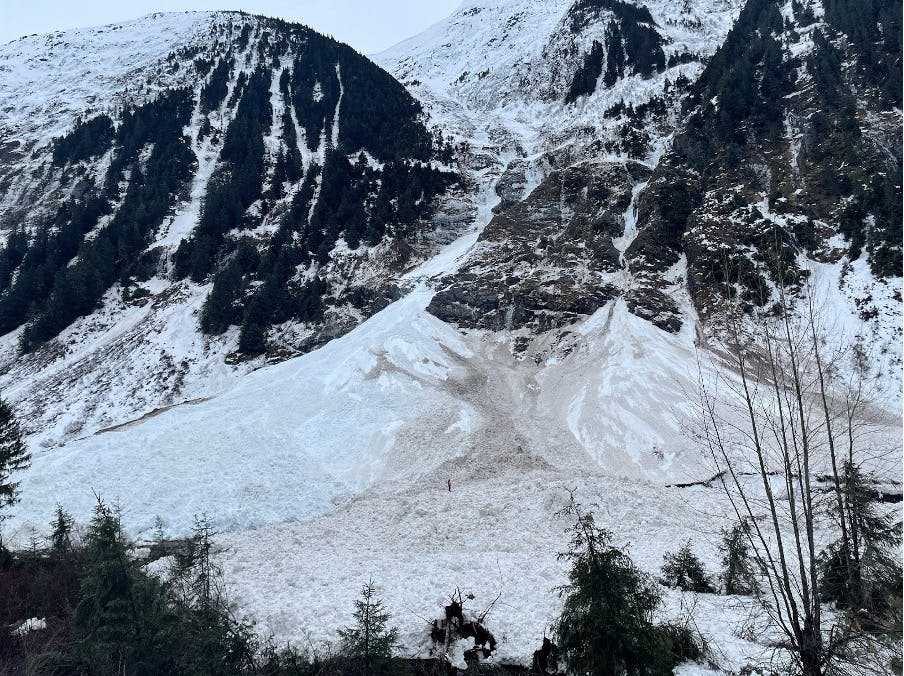- Date
- mardi 14 janvier 2025
- Auteur
- Jesse Percival, Avalanche Forecaster
Forming a Mental Model
Whether you're a seasoned professional or a recreationist, building a strong mental model of the current conditions is essential for making informed decisions in avalanche terrain. Professionals returning after time away or joining a new operation start by gathering and reviewing critical information during shift handovers. This includes snowpack analyses, significant avalanche observations, layers of concern, and areas of uncertainty. Beyond collecting data, they assess the weight of each piece of information and how it shapes the bigger picture, ensuring sound decision-making in high-pressure environments.
Recreationists follow a similar process when they follow the Daily Process. Reviewing past and current weather data, analyzing the avalanche forecast in detail, and consulting MIN posts or local social media are key steps. Recording this information in a field book is a helpful practice, especially when internet access is limited, as it allows you to track critical factors throughout your trip. Together, these strategies form the foundation for safer and more effective decision-making in the backcountry.

Observations are an essential part of a strong mental model.
How to Use Your Mental Model in the Field
Once you’ve established a baseline mental model, you’ll need to maintain and strengthen it. Remember in constantly changing and dynamic environments, your mental model becomes stale unless you are continually updating it. This is the basis of situational awareness.

A remotely-triggered, deep persistent slab avalanche in the North Rockies. A good reminder of the consequences of our decision making.
Let’s take a look at a simple example and some strategies we could use to maintain and strengthen our mental model: the sun unexpectedly emerges and is rapidly warming the air and snow surface.
This information may well change the way we plan to move through the mountains. Let’s break down how we might need to update our mental model.
How could we tell it was warming?
We’ll start by thinking about what clues you might have noticed to tell you it was getting warm.
- Warmth on your face and back.
- The surface of the snow becoming sticky and heavy.
- Snow beginning to fall from trees, or small snowballs or pinwheels are starting to roll off rocks.
What do those clues tell you?
Next we need to think about this information is telling you about the state of the snowpack.
- The surface of the snow is changing rapidly.
- Small loose wet avalanches may now be possible.
- In bigger terrain above you, the loose and dry snow may be rapidly settling into a slab.
- If there are deeper snowpack instabilities, they may begin to wake up.
What do we do with this knowledge?
All of these hints and clues tell us that we need to make changes to our mental model. We are no longer travelling in the same conditions we set out in, and we need to make sure we’re adapting. Ask yourself:
- You’ve made an assessment that the snowpack conditions and weather are changing. Is your original route plan still appropriate for these changes?
- Does sticking to your plan increase the risk outside of your acceptable range?
If the original route no longer works in the new conditions, it’s time to consider alternatives.
When we don’t work to maintain good situational awareness, our decision-making is often influenced by biases that can lead us into heuristic traps that undermine our careful planning. The first step in addressing these biases is being mindful and aware of their presence. While this blog doesn't detail these factors, understanding them is a fundamental aspect of avalanche safety training.
Key Factors to Monitor
As we move through the terrain, here are some key factors we need to keep in mind and work into our dynamic mental model.
- Terrain: Identify terrain features, overhead hazards, safe areas, and terrain traps.
- Snowpack: Be aware of rapid snowpack changes, such as heavy snowfall, warming temperatures, or wind transportation of snow.
- Weather: Stay informed about the forecast and keep a sharp eye on changing conditions. If the weather deviates from the forecasted conditions, you’ll need to think about whether the avalanche danger might have changed too.
- Team Communication: Keep checking in with your group. Make sure everyone is on the same page about what you’re doing, why you’re there, and whether any of this has changed during the trip.
- Severity: Make sure you’re considering what the consequences of an error might be. Has it changed during the day? What happens if you’re wrong?

A very large loose wet avalanche cycle late in the season North Coast, consequences from being caught in something like this could be severe.
Reflect and Debrief
It doesn't happen in the field, but it’s a key step keeping situational awareness skills sharp. After your trip, take the time to reflect and analyze your decisions. Debrief as a group and ask questions like:
- Where did you make good decisions?
- When did you make the wrong decision?
- Are there times where you think you might have been lucky?
- What would you have done differently?
- What could you do differently next time?
- Were you missing any essential gear?
Answering these kinds of questions can improve your mindset and make your next adventure that much better.
More Information
If you’d like to learn more about the Daily Process, you can find it here: https://avysavvy.avalanche.ca/en-ca/the-daily-process
For a more detailed look at heuristic traps, check out this paper by I McCammon: https://arc.lib.montana.edu/snow-science/objects/issw-2002-244-251.pdf